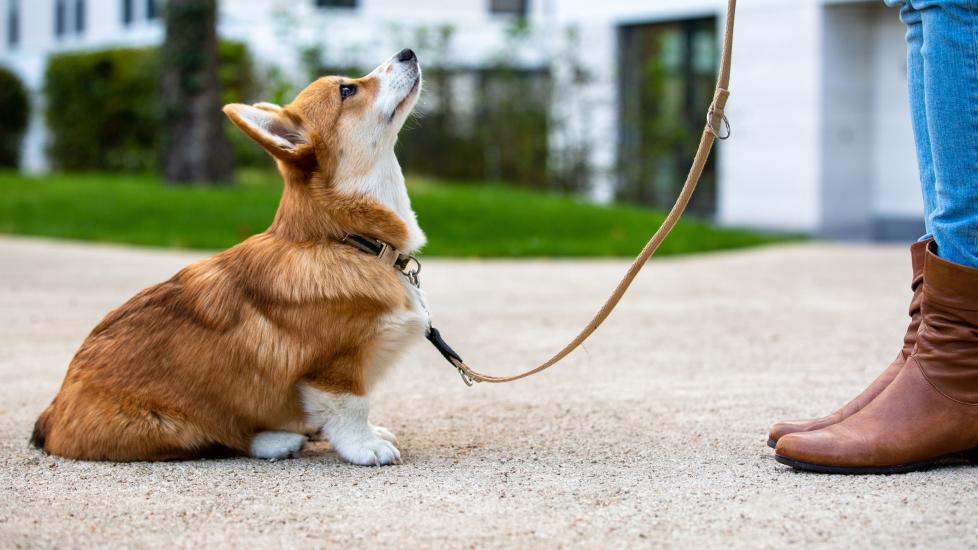Dog Reactivity Towards Mirror: What Health-Centric Owners Must Know
Share
For health-conscious pet owners striving to create a harmonious environment for their furry companions, understanding behavior is crucial. One curious behavior is dog reactivity towards mirror. By understanding the nuances of this reactivity, pet owners can better manage and promote healthier responses from their dogs.
When a dog encounters a mirror, they might bark, growl, or act puzzled. This reaction stems from their inability to recognize themselves. Unlike humans, most dogs fail the mirror test, believing the reflection is another dog. This misunderstanding can often lead to confusion or anxiety.

Why Do Dogs React to Mirrors?
The primary reason is lack of self-recognition. While humans can recognize themselves in mirrors, most animals, including dogs, can't. The sudden appearance of another dog in a familiar setting can be startling, triggering a protective or territorial response. Additionally, the lack of scent further puzzles the dog, as scent plays a key role in their recognition process.
Signs of Reactivity
Health-conscious owners should be keenly aware of the signs of reactivity to mirror encounters. Reactivity can manifest as barking, growling, or intense staring. In some cases, a dog may attempt to engage, playing or wagging their tail, suggesting a more positive interaction.
Understanding these signs can help owners assess whether their dog's reaction is one of curiosity or stress. Reactive behaviors aren't inherently negative, but they should be managed to prevent stress and anxiety in dogs.
Managing Mirror Reactivity
To manage a dogs reactivity towards mirrors, patience and gentle training are vital. Begin by calmly observing your dog's interactions with mirrors. Acknowledge their reactions but remain composed. This approach helps your dog understand there's no threat.
Training is essential. Here are some steps to consider:
- Start by introducing your dog to their reflection from a distance. Slowly close the gap over time to help them grow accustomed to it.
- Encourage positive associations with mirrors using treats and praise whenever they remain calm around their reflection. Check out some expert training tips to reinforce desirable behavior.
- If negative reactions persist, consult a professional dog trainer or behaviorist for tailored advice. Visit American Kennel Club for more information.
Broader Implications of Mirror Reactivity
Mirror reactivity is part of a dogs broader behavioral repertoire. Dogs might also display reactivity towards other objects or situations. If you notice your dog reacting differently towards mirrors, it might be worth observing how they behave in other contexts to ensure their overall well-being.
Explore articles on specific dog reactivity towards other animals or understand the dynamics of reactivity towards leashes to gain a holistic understanding.

FAQs about Dog Reactivity
Does every dog react to mirrors?
No, while many dogs do react to mirrors due to a lack of recognition, others may simply ignore or appear indifferent. Each dog is unique, so responses can vary greatly.
Can mirror reactivity lead to aggression?
While unusual, unchecked reactivity can evolve into aggressive behaviors if a dog continually views their reflection as a non-familiar dog intruding their space. Consistent training and reassurance can mitigate this risk.
What should I do if my dog's reaction doesn't improve?
If your dog's reactivity persists, consulting a behavioral expert or professional dog trainer is advisable. They can offer strategies tailored to your pet's needs to ensure a stress-free environment.
This article contains affiliate links. We may earn a commission at no extra cost to you.
